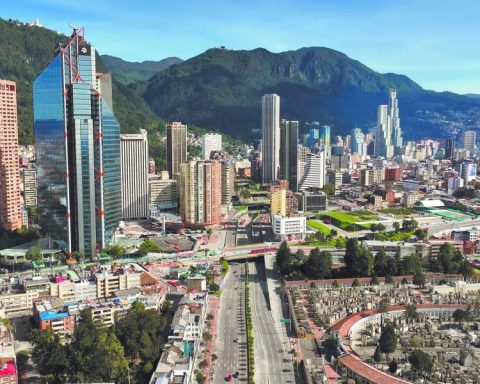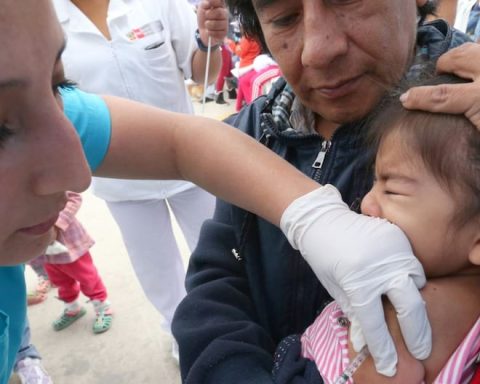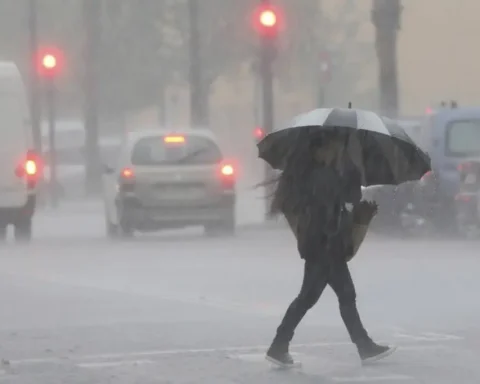With unemployment rising in China and a four percentage point year-on-year increase in the rate of 16-24 year olds in June, economic stimulus is urgently needed. At the same time, Premier Li Keqiang has been wise in stressing the importance of not exaggerating
SHANGHAI – When high levels of capital investment spending fueled a sustained rise in Chinese inflation from 1991 to 2011, the authorities quickly brought the situation under control and, in the last 10 years, the CPI has rarely exceeded 2%, compared to 5.4% in 2011. In a context where policymakers in most major economies are now losing control of price stability, can China continue to keep inflation under control this year and the next?
To answer this question, it is worth considering how China has curbed inflation over the past decade. Specifically, the government refrained from further rounds of large fiscal and monetary stimulus, and thanks to greater central bank autonomy, money creation and credit growth no longer passively fuel investment projects from below.
After 2015, China’s central bank adopted a dovish tone and adjusted credit allocation to support sectors with excessive debt ratios. Highly polluting industries and real estate – which had driven rapid GDP growth in the past – faced financial repression. At the same time, the central government has tolerated the minimum growth rates that could allow stable employment growth.
Today that tolerance is being tested. The pandemic lockdowns, especially in Shenzhen and Shanghai, have dealt a heavy blow to China’s economy. In the second quarter of 2022, Shanghai’s GDP fell by almost 14%. Meanwhile, the real estate sector – which has traditionally been a major contributor to aggregate demand – is becoming a drag on the economy. In 2020, China’s government introduced “three red lines” to restrict the sector’s access to credit: developers’ liabilities must not exceed 70% of assets, their net debt must not exceed equity, and their cash holdings must be equal to the short-term indebtedness.
The new debt metric, along with the Covid-19 pandemic, have put enormous pressure on the sector. Once-thriving developers now face serious debt crises. Some residential projects have been delayed or interrupted and homebuyers in several cities have had to stop making monthly mortgage payments since the second half of last year.
The good news is that China has indeed kept inflation in check. In the first half of the year, the CPI closed at 1.7% and the government’s inflation forecast for 2022 is around 3%. The bad news is that while China’s economy has avoided overheating, this has clearly come at the cost of a sustained slowdown in GDP growth, and even recession in some areas.
In this context, the official forecasts of economic growth of 5.5% this year will not be fulfilled. In the second quarter of this year China’s growth was barely positive. While GDP grew 2.5% year-on-year in the first half of 2022, thanks to relatively strong exports, real GDP growth would need to reach at least 8% in the second half of the year to reach the 5.5% target for 2022. , which is obviously unlikely to happen. Therefore, the central government would most likely need to lower the lower bound of its growth forecast for July-December to 6%, instead of 8%, which implies an annual growth rate of 4-4.5% for all year.
Against this, the Chinese government is planning to launch a new round of stimulus for the rest of the year. Unemployment is rising – the rate for 16-24 year olds hit 19.3% in June, up four percentage points year on year – and stimulus is urgently needed. But Premier Li Keqiang has been very clever in stressing the importance of not overreacting.
In the past, the stimulus has taken the form of excessive investment in infrastructure. But China now has limited room for maneuver. A key constraint is the massive debt problem from the massive 2009-2011 stimulus round, which poses a serious risk to the financial system. Much of the liquidity that could be used to invest in additional infrastructure projects will have to continue to be financed by local financing vehicles and local government bonds. While the authorities recently asked China’s institutional and development banks to add a total of 1.1 trillion yuan ($163 billion) in new lines of credit to support infrastructure projects, new budget lines may be needed – and new debt.
Another constraint on stimulus is the threat of imported inflation. The effects of the pandemic, coupled with the fallout from the Ukraine war, are driving up inflation expectations in most Western countries, which are already experiencing accelerating increases in consumer prices: the CPI in both the United States and the the UK topped 9% in June, while the eurozone’s CPI exceeded 8%.
Similarly, in Asia, South Korea’s CPI rose 6% year-on-year in June, the largest such increase since November 1998. Japan’s CPI rise of 2.4% exceeded the central bank’s target. for the third consecutive month.
As a major energy and food importer, China will find it hard to isolate itself from the global trend. Two factors explain why the CPI in China has not yet risen.
First, China’s energy and food importers are all giant, state-owned or state-controlled companies, whose pricing decisions are strictly regulated. Until inflation expectations are formed, the increase in import costs is not passed on to consumers. This is reflected in the producer price index, which has been less stable than the CPI over the years.
Second, although China imports many critical products, those that are included in the CPI are essentially supplied domestically. And, as with importers, prices charged by state-owned producers in the upper reaches of China’s economy do not fully reflect changes in their costs, due to government controls.
Consider pork – the single most important commodity affecting the CPI in China, accounting for 2.5% of the index. Countercyclical regulation of pig farming and state subsidies to pig producers have contributed considerably to keeping pork prices – and thus the CPI – relatively stable.
But while such regulation can help cushion external supply shocks, reducing profits or increasing subsidies will increase the government’s fiscal burden, especially in a context of global inflation. Add to this the already strained finances of local governments and the high costs of maintaining a “Covid Zero” policy, and the government’s ability to expand and finance public capital spending will be severely limited.
In this context, it is understandable that the Chinese government chose to adopt a modest stimulus package. An overly strong stimulus, as experience has made clear, would almost inevitably involve excessive monetary expansion, leading to higher inflation that would create greater challenges for China’s economy in the coming years.
The author
Zhang Jun, dean of the School of Economics at Fudan University, is director of the China Center for Economic Studies, a Shanghai-based think tank.
Copyright: Project Syndicate, 1995 – 2022














